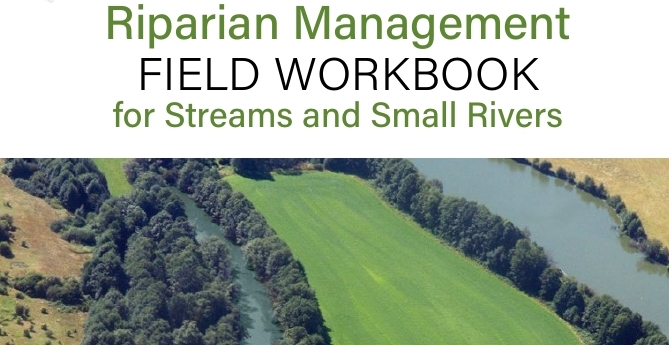Riparian Health Part 2
by George Powell

Riparian health is a key concept for agricultural stewardship. In my last post I discussed the value of riparian areas in agricultural settings. I also described the benefits of maintaining riparian zones to avoid on- and off-farm environmental impacts. In this post I will cover the importance of measuring and monitoring riparian areas.
What is Riparian Health?
Riparian health refers to the overall condition of the green zone. This score expresses how well the current structure functions relative to its full potential.
Why We Assess Riparian Health
An old business adage is “if you can’t measure it, you can’t manage it.” Riparian scores give a benchmark for riparian stewardship. Applying a standard set of assessment rules allows you to track health through time as a measure against natural variability and your management inputs. It also means you can directly compare the relative health at one site to another.
Riparian Health Assessment
Fortunately many juridictions have developed and adopted a standard set of health assessment questions. A riparian health assessment (RHA) is a simple and effective management tool for land managers. And, RHAs are very accessible with a minimal amount of training.
These assessments don’t require time-consuming, detailed inventories or soils, vegetation or water quality. Rather, they use a set of proxy indicators that can be visually assessed. Each indicator is given numerical score. And the scores of individual factors, when combined, give an overall reflection of the underlying health of the system. And, it does so with a much lower investment of resources than needed to complete a full ecological inventory.
Health Assessment Procedures

There are several good RHAs in use and freely available. And, all are quite straight forward with a minimal amount of training. Moreover, all can effectively serve as your health ‘yard stick’. The most important factor for consideration being consistency of use. If you start with one, follow ups or comparisons should use the same procedure.
Some of the more producer-friendly assessments that have been put together in western North America include the following:
- “Riparian Health Procedure” created at the Riparian Wetland Research Program at the University of Montana (the grand daddy of all RHAs);
- “Managing the Water’s Edge Workbook” developed by the Manitoba Rural Adaptation Council;
- “Riparian Areas Users Guide to Health” developed by ‘Cows and Fish’, the Alberta Riparian Health Management Society; and,
- “Riparian Management Field Workbook” prepared by British Columbia Ministry of Agriculture.
In the next post I’ll dig deeper into the procedures detailed in British Columbia’s ‘Riparian Management Field Workbook’.
Subscribe via RSS
